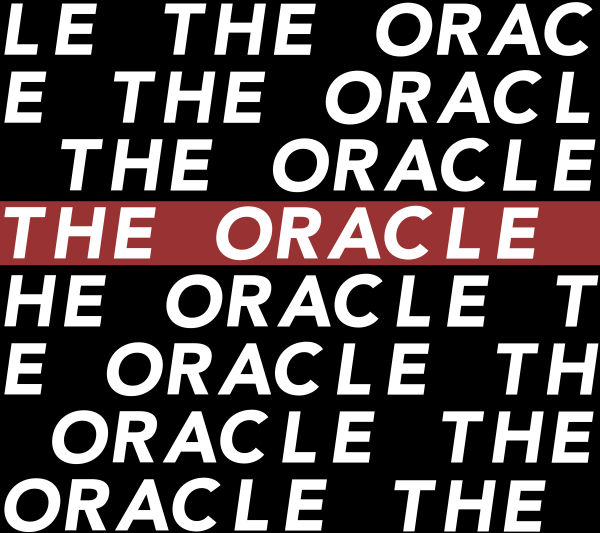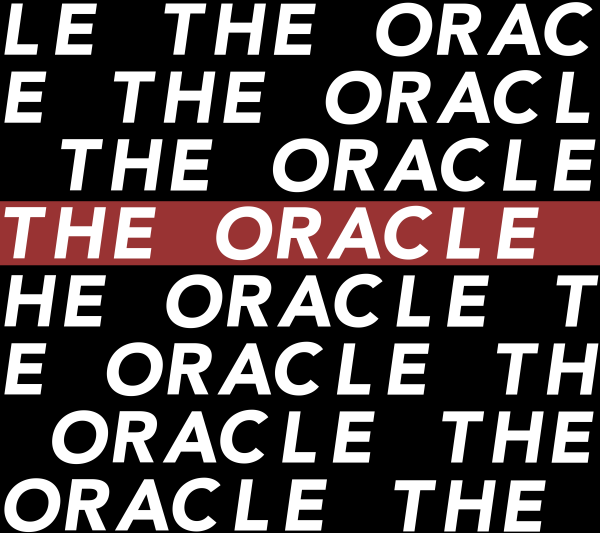Saving the world, one community at a time
November 22, 2022
Why are communities important?
As a student studying Criminal Justice in the United States, I often feel nihilistic when considering the work that must be done to correct our historical wrongs.
The War on Drugs is well understood as a problem generated to inflate our prison systems, corporations lobby and profit off it and politicians are maintaining the toxic status quo. When citizens should be treated with dignity, the system treats them with violence.
As a single person, what can I do to address these systems cemented in our history over the past 70 years? How can I solve financial inequality, racism in policing, the impacts of redlining and address environmental destruction that has impacted the health of marginalized communities more than white communities across the United States?
It’s overwhelming, and it feels impossible. What comforts me is that the weight of the world is not just on me; there are thousands of people thinking the same thing. The responsibility is not just for one person alone, but it is the work of communities.
Through the process leading up to this article, I have had the opportunity to talk to many incredible people doing community work to address and solve our concerns. Saint Paul systematically implemented 17 District councils in the ‘70s to help local legislators better understand and address the issues and concerns within their districts.
Hamline University is located in district 11, the area covered by the Hamline Midway Coalition, which does more than just political advocacy work but also utilizes community action to solve our neighborhood problems personally.
The Coalition currently breaks into three committees: transportation, development and environment. A current ongoing goal is bringing together a committee designated for tenants which could assist tenants in finding resources and political advocacy. This is one example of the community in action to address the issues.
What is the problem? Lack of knowledge or involvement?
When we consider environmental policy and equity, people may think about water and air pollution leading to higher rates of cancer deaths in black men at earlier ages. Environmental racism is a very relevant issue taking place in America right now, ranging from water quality to waste management sites. These are some issues that can be addressed through the Hamline Midway Committees.
The Hamline Midway neighborhood saw a lot of development and tree removal, but not much tree planting and this led to more “heat islands,” soil loss and evaporation.
Most people in this neighborhood cannot afford their own trees, so the Coalition partners with organizations such as TreeTrust and Frogtown Green to offer free trees to private residences to support “tree/canopy equity.”
With more trees, we reduce heat islands and help the planet overall, without the stress of affording one. Volunteers and AmeriCorps partnered to plant 22-25 trees in 2021. How many people really knew this program was here?
When the Hamline Midway Coalition hosted its event with Mayor Carter on campus last Thursday, many community regulars attended but there were only four Hamline students in attendance. I will admit that I only found out about the event the morning of, and this will be one of the things a stronger partnership between HUSC or HUPB and HMC can address.
The lack of knowledge of this event did reduce the impact students could have on the dialogue surrounding gentrification and “development” and other concerns held by students.
Another conflict is that many people have to work and/or study at the same time as when the meeting took place and during prior or future meetings. Volunteering is a privilege. When people do not have the privilege to get involved in the community and representation or community-solving, this leaves a lot of people out of the equation and problems unsolved. Reduced representation can be a modern contributor to marginalization, but increased activity and representation are a way to fight marginalization and change the system.
It is also worth noting that while Hamline-Midway has an organized and resourceful community and coalition, some neighborhoods do not. The Saint Paul District Councils are partially funded (approx. 50%) by the city of Saint Paul while many large cities do not have district councils.
Minneapolis has independently funded neighborhood councils, and they are most often successful at their grassroots efforts in more financially affluent neighborhoods; this leaves out a lot of people from being heard by policymakers.
Neighborhood unification is entirely grassroots and it relies on initiative and social capital in the neighborhood. When was the last time you went next door to start a conversation with your new neighbor? Do you know who your neighbors are? Have you had the time? With COVID-19 still floating around, would you even want to? These are issues addressing many neighborhoods and stopping people from uniting to solve community problems and politically advocate.
How do we solve it? How do organizations reach through?
One of the leading problems for any organization is reaching out to and engaging a larger audience; from student organizations to national nonprofits. Perhaps this could be solved with door-to-door campaigns, inviting known friends to come with you, advertising and education.
The Hamline Midway Coalition does have a smaller audience than they would like, though many ideas have brought some success for them over time.
One theory that stood out to me during an interview with a member of HMC was: “If people don’t see the organization doing something relevant for their lives, why would they join? Start with action so people will see it is worth their time!”
Outreach efforts that reflect this would be the transportation committee’s conversations about filling I-94 and replacing the highway with Twin Cities Boulevard. It is well known that I-94 was built right through the Rondo neighborhood, causing mass displacement and injustice, so this serves to address and fix a historical problem.
An initiative to watch for the future is a Renter engagement program, which will provide legal resources, tenants advisors and stronger representation in the city council. We already see the impacts of community-focused tenant initiatives when we look at the rent-control policy that was voted in.
Collaboration is one of the main things done to engage members of the community including the “Asset-based community involvement model” which bridges pre-existing organizations with community members to solve problems. This includes collaborating between the Capitol Region watershed district and the environment committee to educate neighbors about better environmental practices for cleaner water (clean your storm drains! Adopt a drain! The drains go straight to the Mississippi!) and maintain local native gardens; other organizations such as FrogtownGreen partner with the Coalition to establish and maintain the Bee Line along the Pierce Butler Route.
Other collaborations are food banks hosted by Keystone, the Sanneh Foundation and more, to provide enough food security for our community; sometimes food is even grown on urban farms.
So, these are all great ways of uniting the community through teamwork, but how do they reach out to people that are not usually involved with their neighbors or volunteering? Committees and the Board of Directors often meet through separate meetings every month, some are through zoom meetings but some are hosted in person throughout the community.
To make the meetings more accessible, HMC moves its meeting locations around to address the different populations they hope to reach out to; for example, it may host a meeting at a retirement home or at a school.
The Hamline Undergraduate Student Congress invites a speaker from HMC to speak to the General Assembly every year, which is another outreach effort meant to better understand student concerns and ideas.
Better Understanding Engagement
I want to better understand what impacts community action potential on the micro-level. For that reason, I am polling you, the student body, to learn more about your involvement in the community and the correlation between strain and volunteering privilege. You can access the poll here:
https://docs.google.com/forms/d/e/1FAIpQLSeJcREfKnt9Qufx14lv2iHQS5rBWRswBBa-qDP-uq7c31hC7g/viewform





